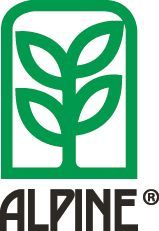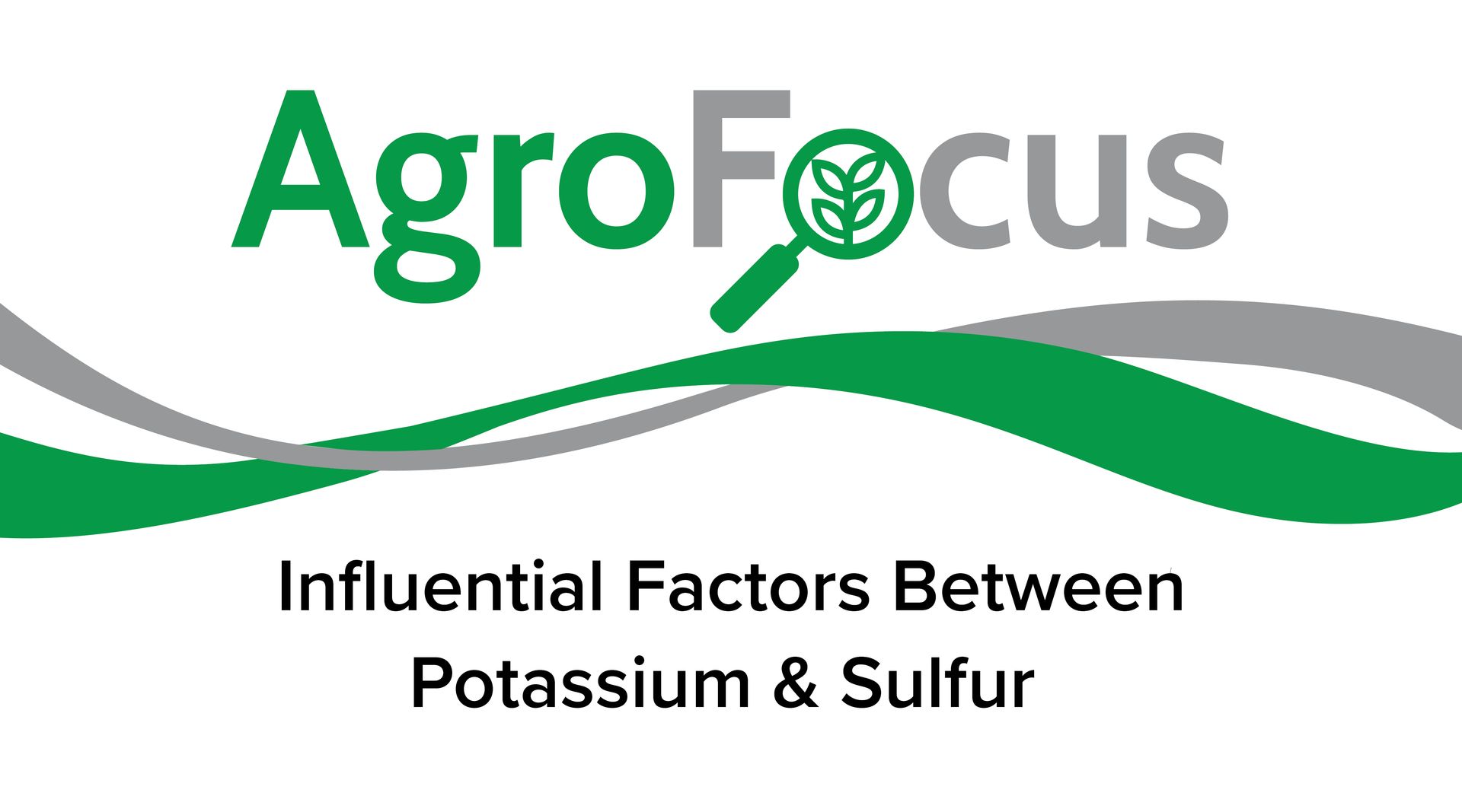Maximizing Crop Production
As we push the range of crop production higher and higher every year, the many layers that support maximum crop production become more defined and with advancement in manufacturing and raw material selection new technologies arise and take center stage. Foliar feeding a crop is one of those practices that has grown tremendously. With help from recognized winners of the National Corn Growers challenge to champions in other parts of the world the awareness and the understanding of what it means to the bottom line has become known. We have understood for years that a good start for any crop is important but have only recently found how important continued plant health, the support of autoimmune responses in plants and crop quality truly is and how it can impact your Return on Investment. Nachurs Alpine Solutions has been working at the forefront of this technology and we have developed products that possess cleaner more active ingredients which in turn give the grower more capabilities, less application challenges and greater impact on production. One such technology is our Bio-K line of products. This product line uses the advanced technology of Potassium Acetate: the most crop friendly, most usable form of potassium available. In fact, Bio-K is as much as 8 times more effective than some traditional foliar potassium products. Typical forms of potassium are much less soluble, may contain impurities that are counterproductive and have less utility than Potassium Acetate. In brief, the use of our Bio-K lineup will offer you the freedom to make applications based on when the crop needs the nutrient with the response that gives you the ability to truly influence crop production. The Bio-K technology can be found in broad range of products such as our NACHURS Finish Line (8-4-6 with Zinc, Manganese, Copper, Boron, and organic acids), NACHURS K-fuel (0-0-24, 100% Potassium Acetate), and NACHURS K-flex (0-0-19-6S), which has two sources of potassium for optimum performance. The ability of these products to bring advanced potassium technology into your production is quite unique. NACHURS Finish Line is a great foliar for most any crop and the NACHURS K-Fuel and NACHURS K-Flex make good additions to foliars as well as starters and side dress applications.-Jay Castleman, Eastern US Sales Agronomist
As we push the range of crop production higher and higher every year, the many layers that support maximum crop production become more defined and with advancement in manufacturing and raw material selection new technologies arise and take center stage.
Foliar feeding a crop is one of those practices that has grown tremendously. With help from recognized winners of the National Corn Growers challenge to champions in other parts of the world the awareness and the understanding of what it means to the bottom line has become known.
We have understood for years that a good start for any crop is important but have only recently found how important continued plant health, the support of autoimmune responses in plants and crop quality truly is and how it can impact your Return on Investment.
Nachurs Alpine Solutions has been working at the forefront of this technology and we have developed products that possess cleaner more active ingredients which in turn give the grower more capabilities, less application challenges and greater impact on production.
One such technology is our Bio-K line of products. This product line uses the advanced technology of Potassium Acetate: the most crop friendly, most usable form of potassium available. In fact, Bio-K is as much as 8 times more effective than some traditional foliar potassium products. Typical forms of potassium are much less soluble, may contain impurities that are counterproductive and have less utility than Potassium Acetate. In brief, the use of our Bio-K lineup will offer you the freedom to make applications based on when the crop needs the nutrient with the response that gives you the ability to truly influence crop production.
The Bio-K technology can be found in broad range of products such as our NACHURS Finish Line (8-4-6 with Zinc, Manganese, Copper, Boron, and organic acids), NACHURS K-fuel (0-0-24, 100% Potassium Acetate), and NACHURS K-flex (0-0-19-6S), which has two sources of potassium for optimum performance.
The ability of these products to bring advanced potassium technology into your production is quite unique. NACHURS Finish Line is a great foliar for most any crop and the NACHURS K-Fuel and NACHURS K-Flex make good additions to foliars as well as starters and side dress applications.
-Jay Castleman, Eastern US Sales Agronomist










